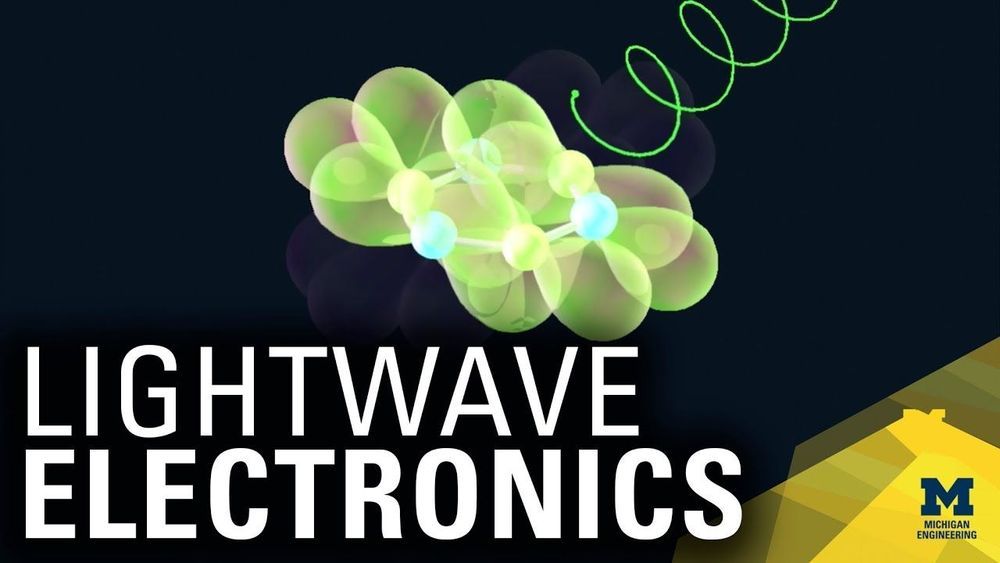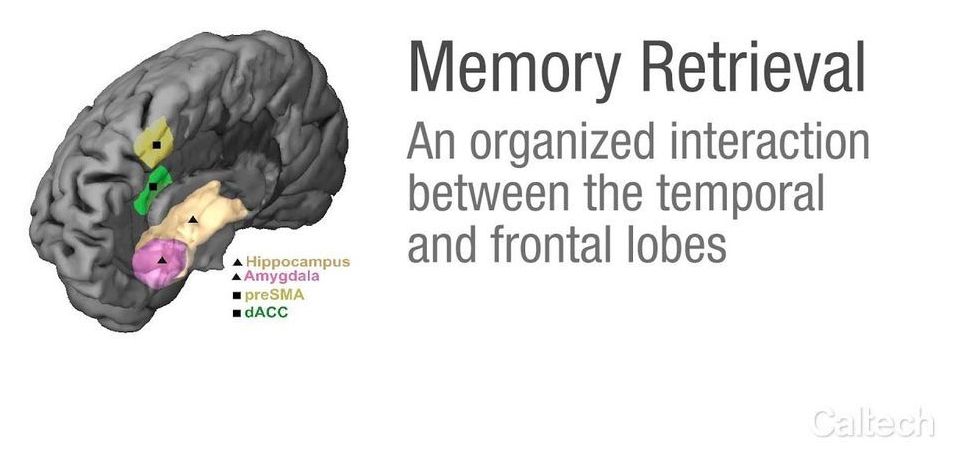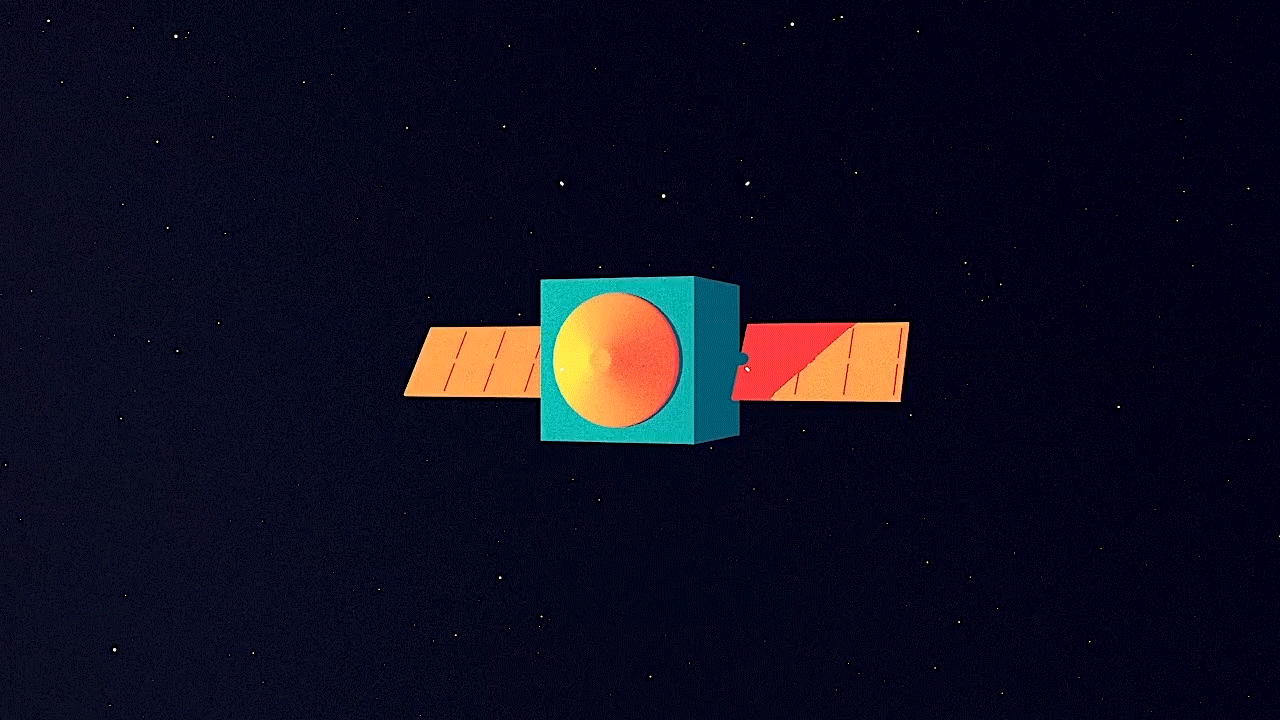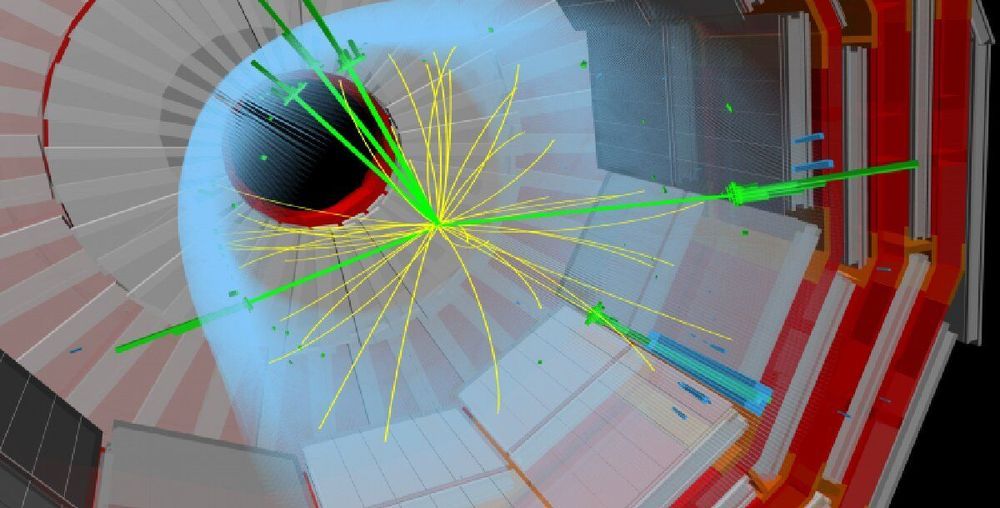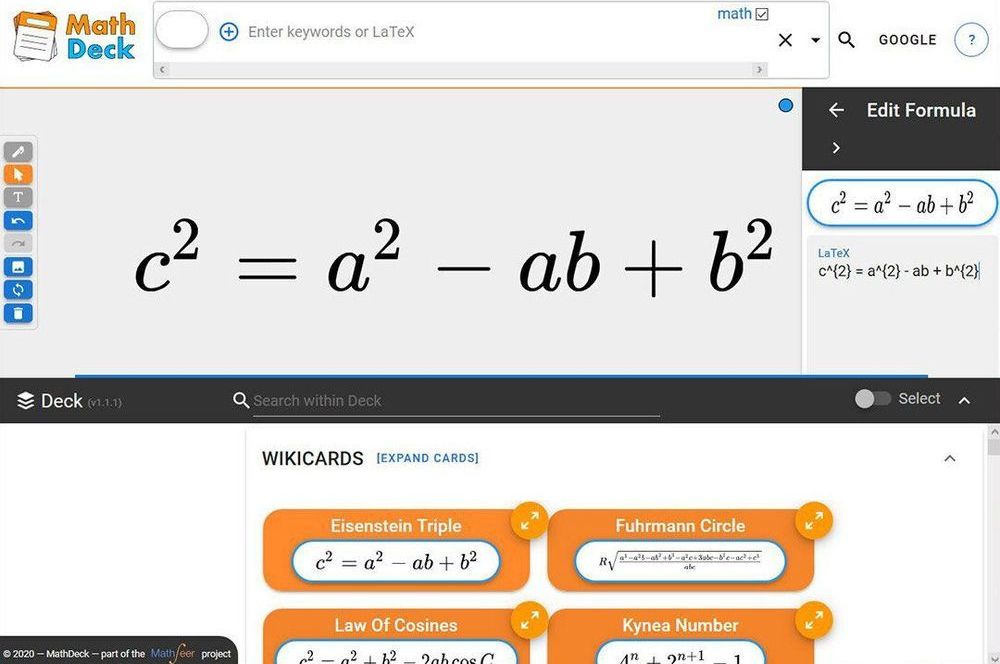Quantum computers have the potential to revolutionise the way we solve hard computing problems, from creating advanced artificial intelligence to simulating chemical reactions in order to create the next generation of materials or drugs. But actually building such machines is very difficult because they involve exotic components and have to be kept in highly controlled environments. And the ones we have so far can’t outperform traditional machines as yet.
But with a team of researchers from the UK and France, we have demonstrated that it may well be possible to build a quantum computer from conventional silicon-based electronic components. This could pave the way for large-scale manufacturing of quantum computers much sooner than might otherwise be possible.
The theoretical superior power of quantum computers derives from the laws of nanoscale or “quantum” physics. Unlike conventional computers, which store information in binary bits that can be either “0” or “1”, quantum computers use quantum bits (or qubits) that could be in a combination of “0” and “1” at the same time. This is because quantum physics allows particles to be in different states or places simultaneously.

